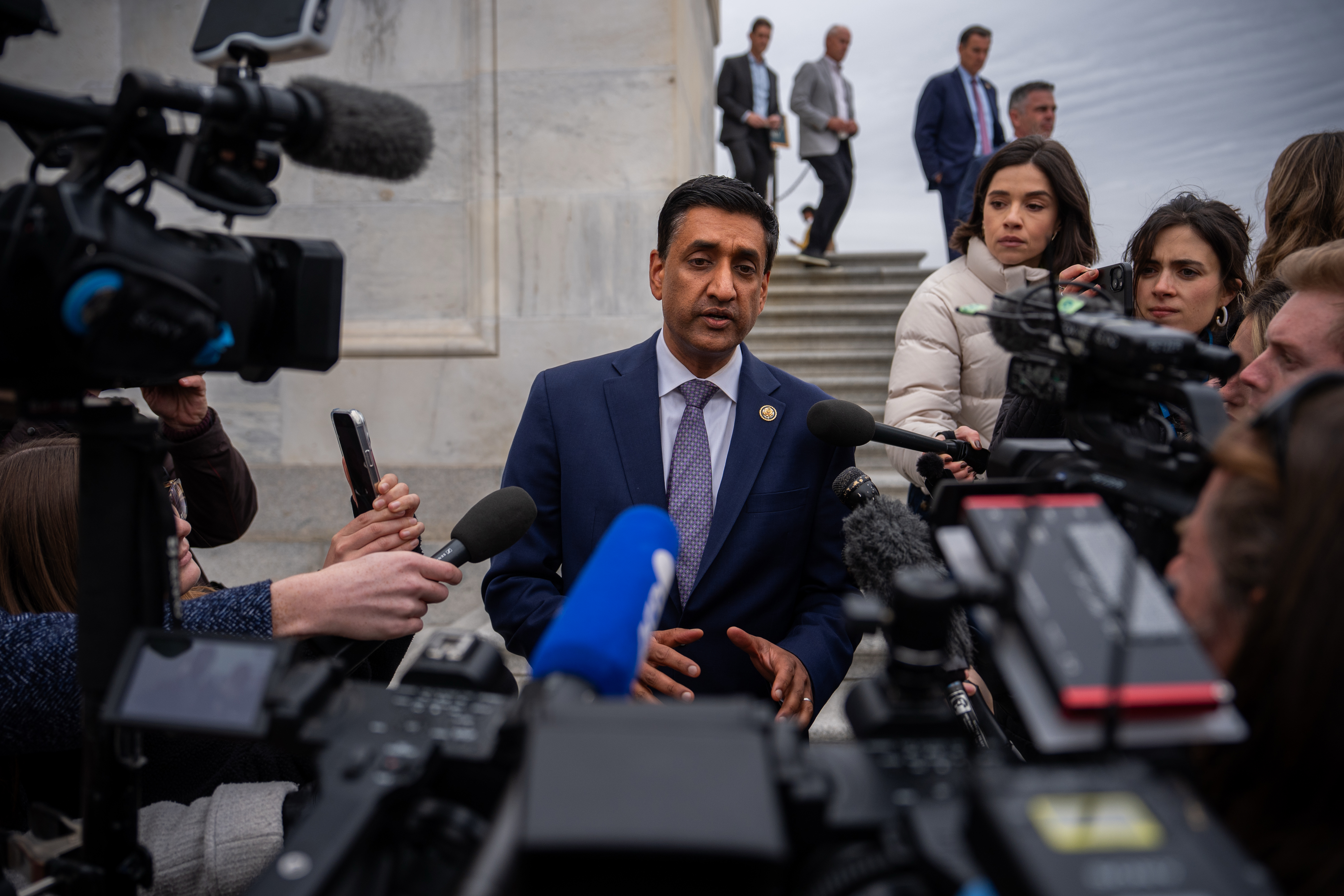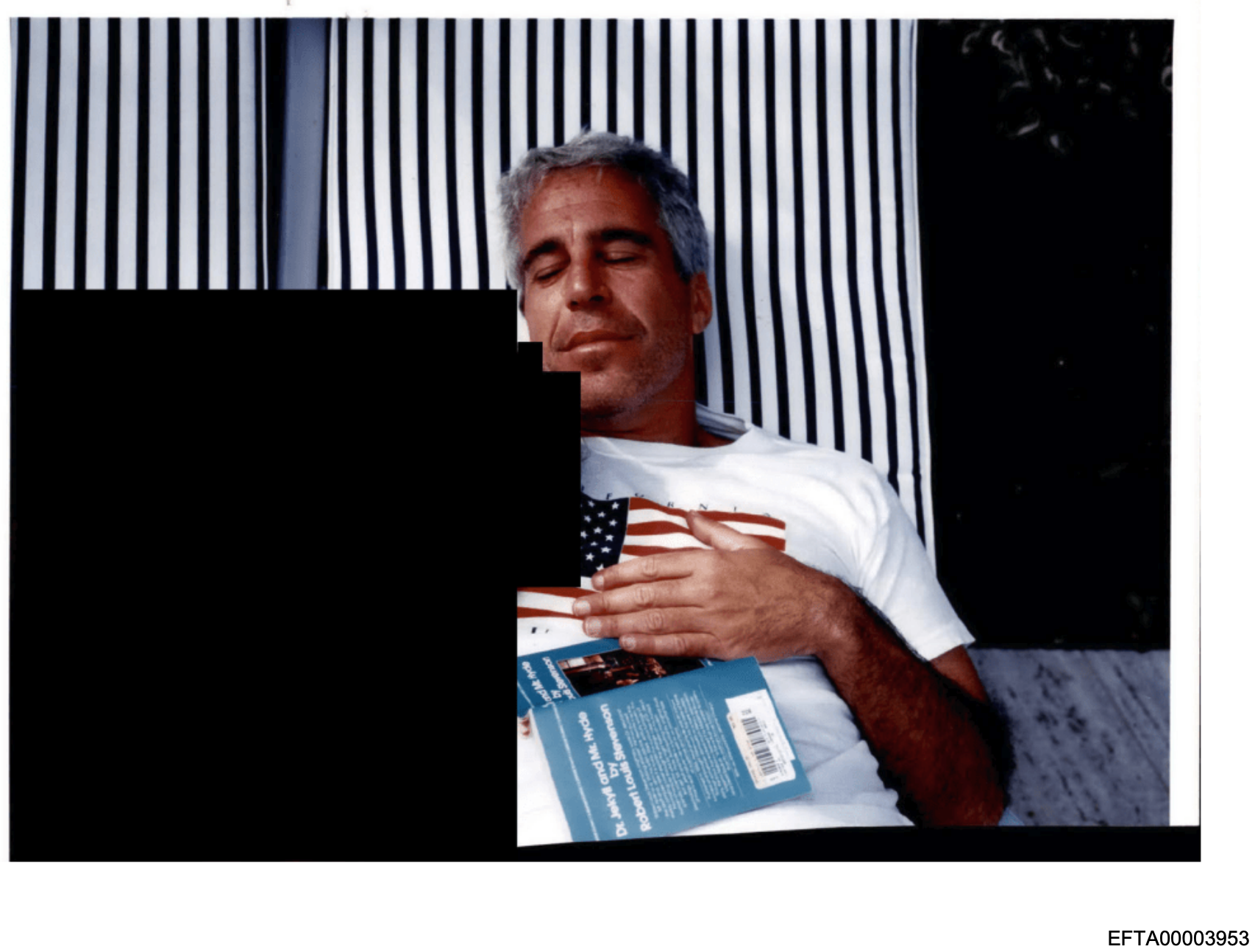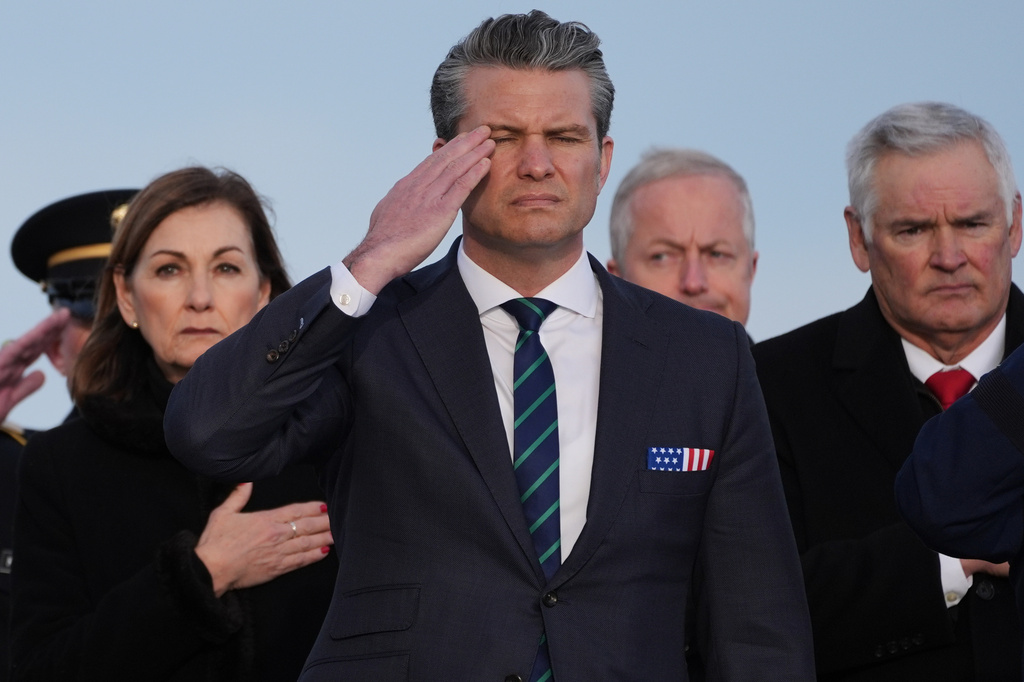Naloxone, better known by the brand name Narcan, is a quick fix for opioid overdoses. But some say it can lead to a revolving door of addiction.
Deaths from opioid drug overdoses doubled in the U.S. from 21,000 in 2010 to more than 42,000 in 2016. And according to the U.S. surgeon general, 115 Americans die from opioid overdoses every day — that's one person every 12.5 minutes.
"One thing that I absolutely want to do is get naloxone in the hands of more people and help folks understand that it can save lives," U.S. Surgeon General Dr. Jerome Adams said.
Last week, the U.S. surgeon general put out an advisory to encourage more Americans to carry naloxone because of its immediate, life-saving effects. Walgreens announced last year it would carry Narcan nasal spray in all of its 8,000 pharmacies nationwide. In most areas, emergency health workers and police already carry the drug.
But some first responders say it enables drug addiction. In Dayton, Ohio, police have revived one overdose patient 20 times. Due to repeat offenders in Middletown, Ohio, the city is considering limiting Narcan resuscitations to two per person. In emergency situations, the city, like other municipalities in the U.S., takes the brunt of costs for the product.
Last year, the senior adviser to Maine's governor said, "The governor believes that unlimited free doses of naloxone produces a sense of normalcy and security around heroin use."
Gov. Paul LePage wrote, "Naloxone does not truly save lives; it merely extends them until the next overdose ... only to perpetuate the cycle of addiction."
Naloxone is not a cure-all for opioid addiction. It brings people back to life after an overdose. And while naloxone is credited with saving lives, health professionals say the key to stopping the cycle is treatment and rehabilitation.
"We want to connect people to treatment; we don't want to keep just resuscitating them." Surgeon General Adams said. "We want to have bridges to treatments."











